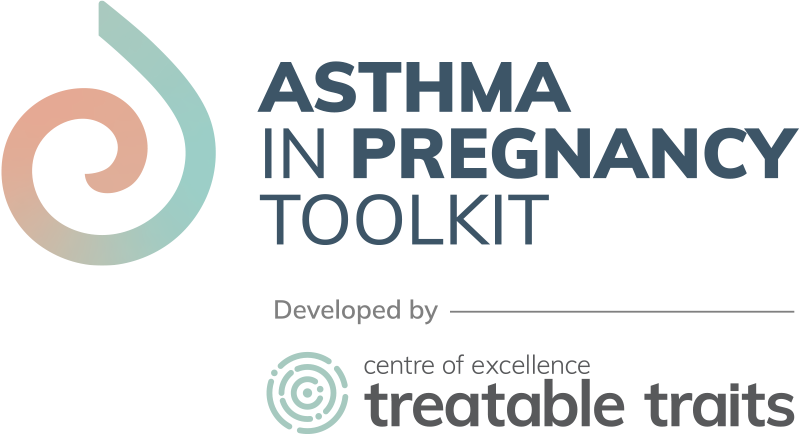The air that we breath contains a range of biological and non-biological solids, liquids and gases (Manisalidis et al. 2020). This includes a number of particulate and gaseous pollutants that are known to impact on health (The Lancet Planetary Health 2022). Particles that are smaller than 10 µm (PM10) can make it past the upper airway and reach the lung (Aleksandropoulou & Lazaridis 2013). Fine particles that are smaller than 2.5 µm (PM2.5) can reach the gas exchange regions of the lung and may enter the circulation (Nemmar et al. 2002). Inhalation of particulate matter (PM) has been linked to deaths and illness for respiratory, cardiovascular, cognitive and metabolic (diabetes) disease (Manisalidis et al. 2020). While there are no specific studies in pregnant women, inhalation of PM2.5 has been associated with an increase in asthma exacerbations (Bouazza et al. 2018), hospitalisations (Lee et al. 2006) and medication usage (Williams et al. 2019).
Key gaseous pollutants in air pollution include nitrogen dioxide (NO2), sulphur dioxide (SO2) and ozone (O3). Nitrogen dioxide is a combustion by-product that has been associated with many of the same health outcomes as PM including exacerbation of asthma and asthma hospitalisations (Zheng et al. 2021). People with asthma may be particularly susceptible to short-term exposure to SO2 (Reno et al. 2015) which is a by-product of burning of sulphur containing fuels. Ozone, formed through the interaction between combustions emissions and sunlight, is also linked to asthma exacerbations (Huang et al. 2022).
In Australia, air quality is regulated under the National Environmental Protection Measure (NEPM) framework which requires annual reporting by jurisdictions against air pollution exposure thresholds (NEPC). However, we know that there is no safe level of exposure for PM and NO2 (Zosky et al. 2021) and many of the current NEPM thresholds are higher the World Health Organization (WHO) exposure limits (Taylor 2021).

Sources of air pollution
Air pollution comes from many sources including wind-blown dust and combustion sources (wood heaters, vehicles, industry, landscape fires) (NSW EPA). Air pollution is typically worst during extreme events such as during a bushfire when air quality can be extremely poor, but the exposure only occurs for a short period of time (days to weeks). However, we know that the biggest effect on health comes from chronic exposure to air pollution. In Australia this accounts for 2700 deaths every year (Hanigan et al. 2021).
The biggest contributors to air pollution depend on where you live and the time of year. For example, in Melbourne and Sydney, the biggest contributor to air pollution during winter is smoke from wood-heaters (NSW EPA) while in Darwin, the biggest contributor to poor air quality is annual savanna burning (Jones et al. 2022).
Recommendations: minimising the potential health effects of outdoor air pollution
- Ensure that asthma is well controlled (Pfeffer et al. 2021)
- Stay indoors when the air quality is poor with doors and windows shut, and with air conditioners (if available) on recycle mode – opening doors and windows again once the outdoor air quality has improved. People should follow advice provided by their state health department and environmental agency during air pollution events (see Useful Links below).
- Use a HEPA-filter based air purifier indoors (Vardoulakis et al. 2020)
- In extreme cases (e.g. bushfires) temporarily relocate to where air quality is better, eg. visit an air-conditioned public building or home.
An information leaflet about Air Pollution and Pregnancy for women/families is available from The Royal Australian and New Zealand College of Obstetricians and Gynaecologists here.

Useful Links
Air Quality data across Australia can be found here:
- Australian Capital Territory Government – ACT Health
- New South Wales Goverment – Air Quality NSW
- Northern Territory Environment Protection Authority
- Queensland Government Live Air data
- Environment Protection Agency South Australia
- Environment Protection Agency Tasmania
- Environment Protection Agency Victoria – AirWatch
- Western Australian Department of Water and Environmental Regulation
